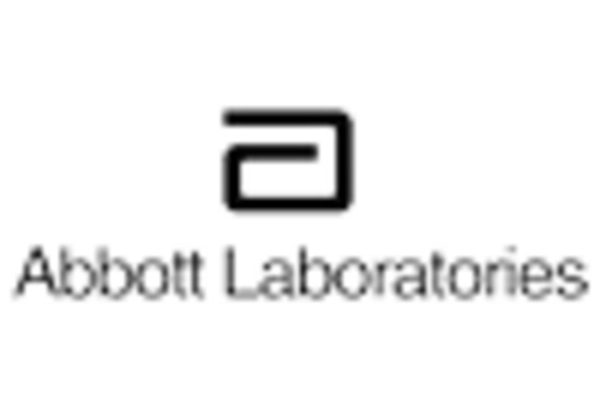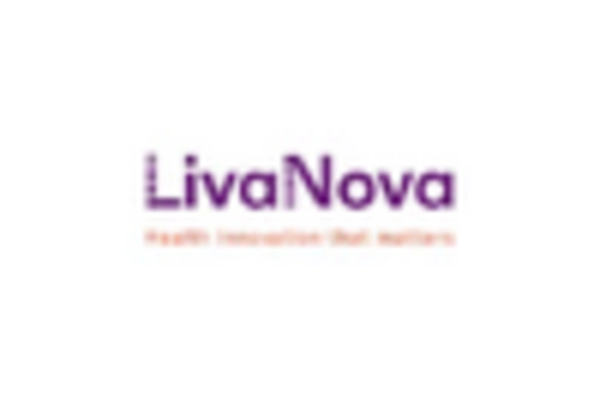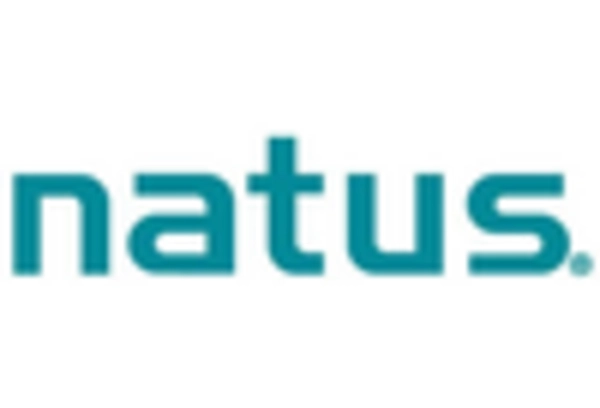Rising Prevalence of Epilepsy
The increasing prevalence of epilepsy in India is a crucial driver for the epilepsy devices market. Recent estimates suggest that approximately 10 million individuals in India are affected by epilepsy, which translates to a prevalence rate of about 0.5-1% of the population. This growing patient base necessitates the development and adoption of advanced epilepsy devices, such as seizure detection monitors and neurostimulation devices. As awareness about epilepsy improves, more patients seek effective management solutions, thereby propelling market growth. The epilepsy devices market is likely to expand as healthcare providers and patients recognize the importance of innovative technologies in managing this neurological disorder.
Growing Awareness and Education
The growing awareness and education surrounding epilepsy in India are vital for the epilepsy devices market. Initiatives by non-governmental organizations and healthcare providers aim to educate the public about epilepsy, reducing stigma and encouraging individuals to seek treatment. As awareness increases, more patients are likely to be diagnosed and treated, leading to a higher demand for epilepsy devices. Educational campaigns also emphasize the importance of using technology for effective management, which could further stimulate market growth. The epilepsy devices market stands to gain from this heightened awareness, as patients become more informed about available options for managing their condition.
Increased Healthcare Expenditure
The rising healthcare expenditure in India is a significant driver for the epilepsy devices market. With the government's focus on improving healthcare infrastructure and access, spending on medical devices is projected to increase. In recent years, healthcare expenditure has risen to approximately 3.5% of GDP, indicating a growing commitment to health services. This trend is likely to facilitate the procurement of advanced epilepsy devices, as hospitals and clinics invest in better diagnostic and treatment options. As more funds are allocated to healthcare, the epilepsy devices market is expected to benefit from increased availability and accessibility of innovative solutions for patients.
Supportive Regulatory Environment
A supportive regulatory environment is essential for the growth of the epilepsy devices market in India. The government has implemented various policies to streamline the approval process for medical devices, making it easier for manufacturers to bring innovative products to market. Initiatives aimed at promoting research and development in the medical technology sector further enhance this environment. As regulatory hurdles decrease, companies are likely to invest more in developing advanced epilepsy devices, which could lead to a wider range of options for patients. This supportive framework is expected to foster innovation and drive the growth of the epilepsy devices market.
Advancements in Medical Technology
Technological innovations play a pivotal role in shaping the epilepsy devices market. The introduction of wearable devices, such as smartwatches equipped with seizure detection algorithms, has revolutionized patient monitoring. These devices utilize advanced sensors and machine learning algorithms to provide real-time data, enhancing the management of epilepsy. Furthermore, the integration of telemedicine solutions allows for remote monitoring and consultations, which is particularly beneficial in rural areas of India where access to specialists may be limited. The continuous evolution of technology in the epilepsy devices market is expected to drive adoption rates, as patients and healthcare providers seek more efficient and effective management tools.

















Leave a Comment